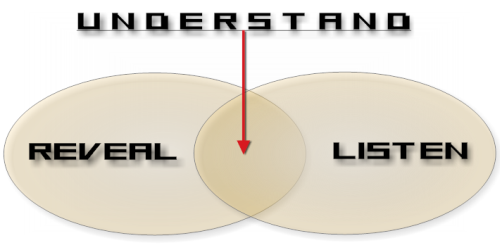
Do not ask customers what they want when it comes to creating and introducing new technology and innovations. Why? Because according to leading voice on innovation, Scott Anthony, MD of Innosight Asia Pacific, ‘customers lie all the time… not intentionally of course, but because they cannot tell you what they want in terms of new technology, especially disruptive technology until it is in front of them.’ If you don’t know what you don’t know, how can you know what you want?
These are just some of the conversations taking place at the Ci2012 Creative Innovation conference ‘Wicked Problems, Great Opportunities: leadership and courage in volatile times’ held on 28-30 November 2012 in Melbourne. I was able to attend this great event along with over 600 other delegates and a strong line up of some of the most innovative thinkers on the world.
As people grapple with the many changes, especially disruptive technologies and ideas, in the world today it’s worth looking at how smart companies introduce new products and concepts to markets and make buying and selling easier.
A great example of creating a synergy between buyer and seller is the revolution that is ChotuKool the revolution in bringing refrigeration to over 80% of the Indian population who could not access refrigeration before… ‘ChotuKool, a re-imagined household solution is a project driven by an innate passion to achieve a vision beyond profit. ChotuKool, a top-loading, compact and portable cooling solution does not have a compressor. It weighs only 7.8 kgs and runs on a cooling chip along with a fan similar to those used to cool computers.
It consumes only 55 Watt power and runs on dual power supply (230V AC & 12V DC). Given the power shortage in the countryside, it can operate on battery as well and it uses high-end insulation to stay cool for hours without power. The operational cost of chotuKool is low as it consumes half the power consumed by regular refrigerators.
The chotuKool idea was conceived at a workshop with Prof. Clayton Christensen, world’s foremost authority on Disruptive Innovation (DI). It is a classic case of “co-creation”. Godrej DI team worked closely with potential consumers to get insights on their needs, desired solutions and barriers to consumption. The opportunity was shaped up by choosing relevant technology, testing various prototypes, validating market potential and developing business models.
To canvass, demonstrate and take this innovative product to villages, Godrej is developing a social entrepreneurship channel, joining hands with NGOs, self-help groups and micro-finance institutions.
Mr. George Menezes, Business Head, Godrej Appliances said, “For us at Godrej the birth of ‘chotuKool’ heralds a new era in the cooling space. This product will completely redefine the way brands serve the ‘Food Preservation/Refrigeration’ needs of the rural consumers and that’s a huge market!”
Instead if you want to introduce disruptive technology or new innovations to create new markets are it pays to go local and get involved with your market. Observing how your customers really think and act will give you great ideas and clues as to what to bring your customers.’
The creators of chotokool got up close and personal to their prospective customers. Initially the company thought it just needed to make a smaller fridge, a mini version of the standard fridge but once they got close and personal they saw that this would not work. If we are really going to engage our customers we need to get much closer to their world. Smart companies like Godrej & Boyce Mfg. Co (the creators of chotokool) understood the closer you are to the market the more you feel it, the more you immerse yourself in their world.
If you want to innovate and bring new products to market or go looking for markets that don’t exist yet GO NATIVE. Before you invest huge sums of money, resources and time in new product innovation go in to the markets you want to impact and look for jobs that are not being done well at the moment. Listen to how people express their frustrations and look at how you can make their lives easier more effective.
The reason why many large companies can become oblivious to these messages is that it takes them a lot longer to feel the pain of change where as start ups or smaller companies have a more direct access to their markets and can hear and feel the discontent.
A great example of someone who comprehended the importance of understanding his customer was Steve Jobs (Apple). He believed that market research into new innovation was a waste of time and money. His argument: “If you ask someone what they want, when they have no idea of new innovation, they will use their present paradigm as the benchmark. The result will be an adaptation of what already exists, rather than new concepts.
Jobs preferred meeting with customers, talking to them about what they used computers for and how they spent time. The result of these discussions and observations, without any market research, was the iPod, iPhone and iPad – all innovations that have revolutionised the world and the way things are done.
By going native and immersing yourself in your customer’s world you will begin to see and hear how you can create innovations and ideas for your market. So while customers cannot really tell you what they want you can help them understand what they really need and give them that instead.
Remember everybody lives by selling something.
Author: Sue Barrett, www.barrett.com.au


Very interesting. Thanks!